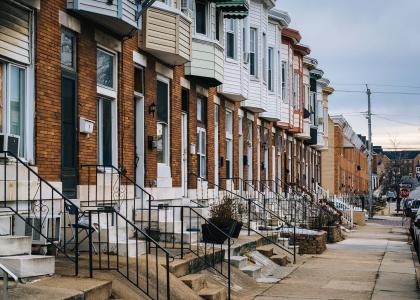Monitoring-based commissioning is a process which monitors building system operations to identify and correct inefficiencies and thereby improve building energy performance over time. The process can optimize HVAC set points and locate and address problems such as stuck ventilation dampers or systems that needlessly operate when buildings are unoccupied. Many utilities and other efficiency program implementers are looking for new ways to save large amounts of energy as savings from lighting programs decline due to the rapid adoption of LED lighting. Monitoring-based commissioning (MBCx) can help fill this gap.
In a topic brief released today, we examine six leading programs that seek to tap into this opportunity. Across the programs, energy savings and peak demand reductions both averaged approximately 9%. Linking MBCx with automated demand response, as discussed below, could roughly double the peak savings. A program run by Lawrence Berkeley National Laboratory estimates that energy savings pay back the costs of MBCx is an average of about two years. A program in New York State found total costs of about $1 per square foot, with the program paying about 25% and building owners or managers paying the rest. New York's program demonstrates that building owners and managers can be willing to pay a large share of costs, provided they believe the benefits are substantial. A program run by Commonwealth Edison in Illinois shows that even simple commissioning services for small buildings (particularly retail chains and schools) can achieve substantial savings.
Overall, we estimate that widespread use of MBCx, primarily for commercial buildings with a floor area of 50,000 square feet or more, can reduce annual U.S. electricity use by nearly 50,000 million kilowatt-hours, fuel use by over 100 trillion British thermal units, energy bills by about $7 billion, and electric peak demand by over 20,000 megawatts. To put these savings in perspective, the electricity savings are similar to the annual electricity use of the entire state of Arkansas and the peak demand savings are more than the power produced by twenty 1,000-megawatt power plants.
Utilities and other program implementers have several options to encourage MBCx, including multipronged efforts addressing different types and sizes of buildings (like Commonwealth Edison), market transformation efforts to establish a MBCx market (like New York State), rebates targeting building energy management systems (like Xcel Energy), and automated demand response (like Pacific Gas & Electric). Of the programs we evaluated, the Pacific Gas & Electric program had by far the largest peak demand reductions, obtained by contracting with buildings to plan what they would do when called to reduce demand during critical periods. With MBCx, a variety of control changes can be preprogrammed (e.g., changes in temperature set points and ventilation airflow for a few hours), allowing these responses to be automated. In some office buildings, these automated demand response measures resulted in peak savings of 11%–16% above the normal savings from MBCx.
MBCx offers utility and other efficiency program administrators new opportunities to significantly reduce energy use and peak demand. MBCx measures are not yet widespread; the programs profiled in our report illustrate how others can use this approach to save energy and reduce peak demand while cutting costs and carbon emissions.



